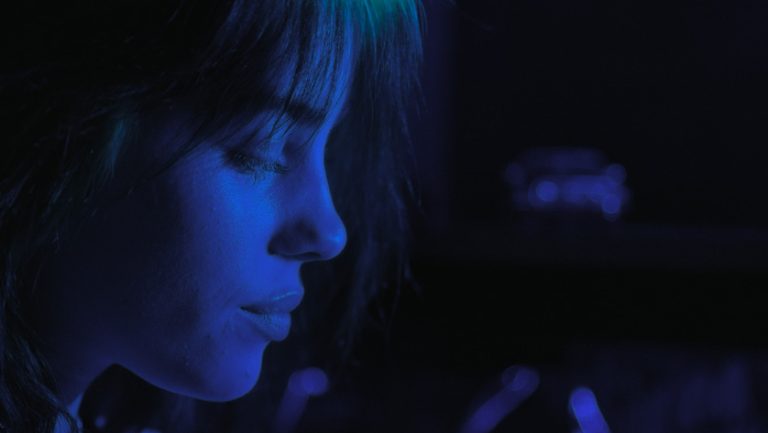
Synopsis : “Billie Eilish: The World’s A Little Blurry” tells the true coming-of-age story of the singer-songwriter and her rise to global superstardom. From award-winning filmmaker R.J. Cutler, the documentary offers a deeply intimate look at this extraordinary teenager’s journey, at just 17 years old, navigating life on the road, on stage, and at home with her family, while writing, recording and releasing her debut album “WHEN WE ALL FALL ASLEEP, WHERE DO WE GO?”
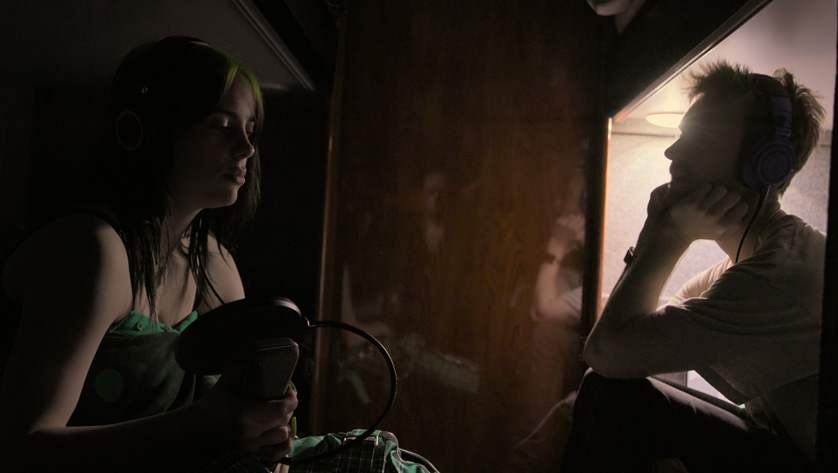
Q&A with Director R.J. Cutler on “Billie Eilish: The World’s A Little Blurry”
Q:How did this film come about; what was its origin?
R. J. Cutler: I got a phone call. The way one does — it came from some combination of Billie’s family and Interscope Films, who was making a film about Billie. They were going to finance a film. They were curious about my work, so I went and met with her and I sat in the backyard at the house that you all now know very well.
I sat with Billie, [her brother] Finneas and their parents, Patrick and Maggie, and felt an instant connection. Of course, I told Billie that I identified [with her] as a teenage girl, and she appreciated that. It was very clear to me from the beginning that here was this amazing opportunity to tell the story of a young artist coming of age and of this young woman coming of age.
As a subject, it was very exciting for me. And of course, it was impossible not to recognize that I was [going to be part of the] international filmmaking landscape.
Q: In that backyard, did you gain access in that moment, or was it throughout the year of 2019?
R. J. Cutler: To ask about trust is to ask the most important question involved in a film like this. You’re always earning trust from the moment you meet the subject. I like to say that just because you’re in a trust [relationship] on a Tuesday, doesn’t mean you don’t have to earn it again on Wednesday.
You have to always be who you say you are, people ask about the process of earning trust. My response is usually the best thing is to be trustworthy. As they say, be who you say you are. There’s so many things that go into this.
And, you have to fundamentally respect that the story belongs to the subject, not to you. And you have to be very disciplined in your lack of wanting anything, except to see as clearly as possible. And all of those things, and then you develop a relationship and all relationships are based on trust.
It happens every minute and happens throughout the process. It happened during the period of time in the summer, when you think I bet they sure could do without seeing us for a few weeks and you’d go away for a few weeks. Yeah, it’s every moment.
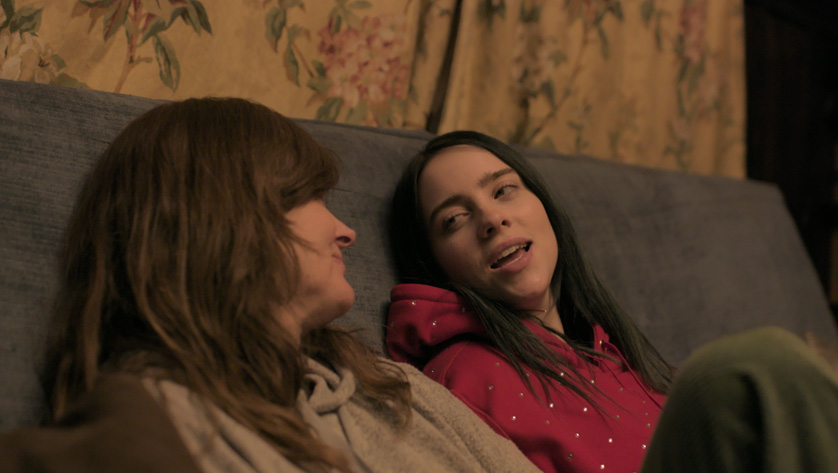
Q:I love the scene where Billie’s shooting the video and she’s really not having a director. I thought about you and producer Jenna Rosher. Did Billie ever give you any suggestions on your shots?
R. J. Cutler: As you see in the film, Billie, it’s like she arrived fully formed, she’s this brilliant artist whose artistry goes beyond even the music that she creates and her incredible performance on the stage or talent, and her poetry. She’s also a filmmaker on some level. I think that may be her greatest passion. These days she directs all of her own videos and I can’t wait for her to try her hand at making a movie.
I think she’ll do astounding things but I never experienced her wanting to direct this film. She wanted to be the subject of this film who had a certain freedom. She mentioned this to me in that backyard meeting. I said [to her], “What’s your hope and dream for this?”
She said, “I’d love it to be like “The Office.” I didn’t quite know [what to say] or maybe she doesn’t know that “The Office” isn’t a documentary. But then I thought about it and as I was thinking about it, I realized, it’s John Krasinski’s character’s relationship with the camera where he can always just glance [at it] a little bit. I never talked to her about it again, but I did tell Jenna about it and I encouraged Jenna to be available for, you’ll remember the shot, it’s the album that has just come out and they’re at the celebration afterwards.
And Billie is with Q and she’s in his arms and there’s a little crowd around her and we’re far away, but on along zoom and Billie looks right at the camera, right. And she sticks her tongue out. That’s [her], she’s acknowledging that we’re there, that she’s there, and that she knows that we’re there — she’s happy in that moment. She wanted that ability and we don’t do it often. There may be one or two other moments in the whole film where we give her that. But during shooting, she knew it was always available and that’s because she asked for it in that first meeting. That’s goes also to the trust in the relationships. But other than that, you know, super smart things to say when she saw the film, which was very close to the end.
Although mostly her response was that she couldn’t believe that we saw what she was going through, as I think we all would in times like that — when you’re going through something particularly difficult, it’s hard to imagine that those around you really get what’s happening to you when she felt seen.
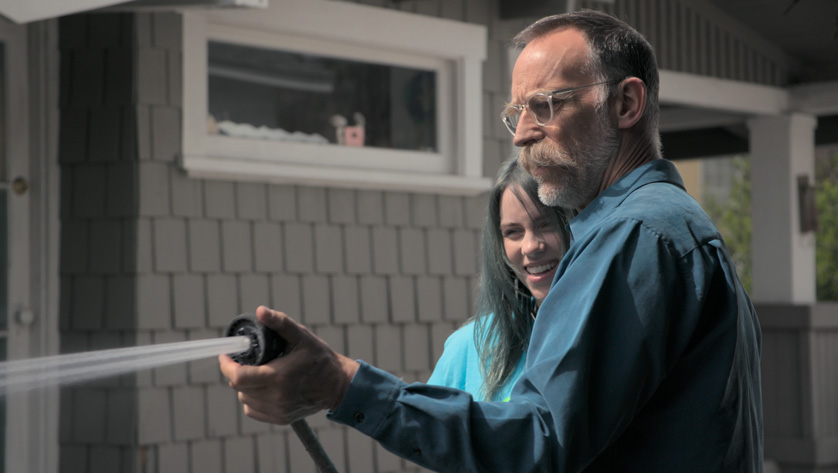
Q: You shot a lot in 2019. The amount of footage, I read that it was a thousand hours and then the family gave you 500 or 600 hours of more footage, So technically you had 1500 hours, which you cut down in two hours 20 minutes. I’m just wondering how you decided that two hours and 20 minutes, as opposed to, making it into a series which are so popular [now].
R. J. Cutler: I don’t think I ever thought of it as a series. It’s a movie, and series aren’t necessarily determined by the length. I’ve made a lot of series and it’s conceptual. Once you’re on the path, certainly at some point, something really significant might happen that causes you to reconsider that path. But that didn’t happen here. The biggest change we made was realizing very early on. That the end of our shoot would happen with The Grammys. I wasn’t sure where the end of the shoot [would be], but that focused the effort, and I knew it was going to be a film all along.
In terms of choosing the scenes, this is [like] an opera and a gift you guys gave me tonight. I was able to sit in the back, one of the reasons that live audiences are so great is that it gives you a fresh perspective on the film — and it’s tight. Like every scene in the first hour of the film it basically sets up every scene in the last hour of the film.
And there’s that 20 minutes in the middle — it’s Coachella [the music festival], which is just like this kind of little opera. So we built it that way. We chose what we chose in order to tell the best story we felt we could attempt. I want to just take a moment to shout out to Greg Finton and Lindsay Utz who are just complete genius editors. Greg is somebody I’ve been working with for 20 years.
[As for] Lindsay, this was the first time we worked together. Before this one, she won the Oscar [for “American Factory.”] They’re both brilliant artists and we had to cut this film during COVID. So it was all done on screen, [thanks to] a lot of effective communication.
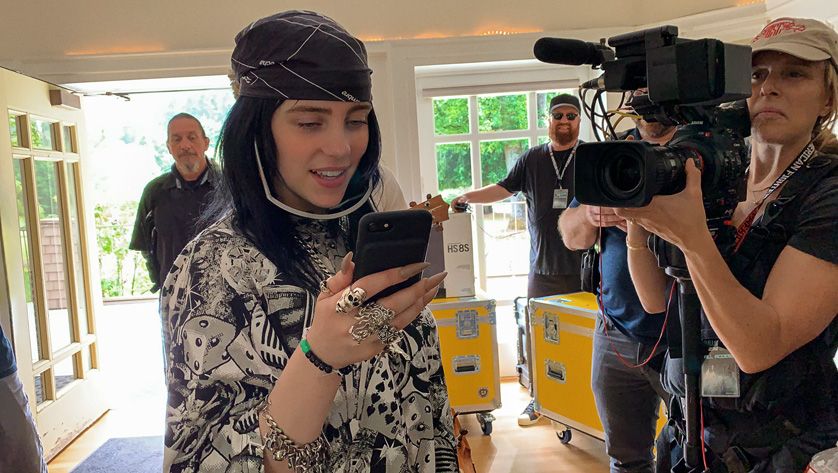
Q:With Coachella, I read that you weren’t allowed to shoot your own footage but that you had to rely on what Coachella’s staff had shot.
The camera crew, they were shooting Coachella’s broadcast online; we’ve been buying online passes to go to Coachella and watch every show. With Billie, what they did — which they don’t ever do — is let us have access to their own footage. So we had seven cameras worth of footage, and we were allowed backstage, which you saw and where we were [able to shoot].
We got as close to those stages as you could get as we were with her in the moments before she went on stage, but the performance itself was shot with this, you know, filmed like this — I’ve been referring to the form as a kind of neo-verite. Its roots are in the great tradition of cinema verite pioneered by my mentors, D.A. Pennebaker, Chris Hedges and Albert and David Maysles — so many of the masters who made those great cinema verite [documentary] films in the ’60s and ’70s. That’s our approach. That’s how we made this film; it’s observational, it’s built on trust.
It’s all the things that we’ve been talking about, but there’s an extra element. There’s footage that you couldn’t have had in the ’60s and ’70s until the iPhone 3 GS came out and suddenly you all have a camera in your pocket.
My camera is right there and the kids’ entire lives are on that. [Billie’s mother] Maggie is just an incredible cinematographer with an iPhone. She shot a lot of moments just because it’s what she does. And we had access to that. As you say, there were probably like 800 hours of footage that we got from them on hard drives.
We had to select it and edit it together. The key moments in the film are a byproduct of that. Sometimes you also have to be crafting, because Billie Eilish sometimes is going to be in a situation where you’re not allowed to have a camera. One is Coachella, but they worked with us and they gave us all their footage, God bless them, and another is the Grammys. You’re not allowed to have a camera crew because that belongs to CBS or whoever’s broadcasting it. So they didn’t let us bring our camera backstage, but they did let Billie Eilish have an entourage. An [ingenious] Jenna Rosher, our DP, was in her entourage with an iPhone at the Grammys and being resourceful, she was able to shoot that incredible moment when Justin Bieber called [Billie.] If you’re not crafty in that way, you don’t end up with that scene, but we did.
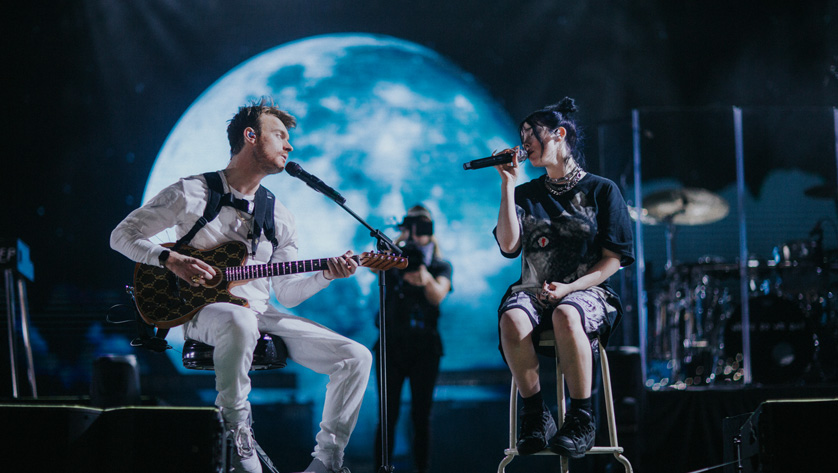
Q:I have to ask about Justin Bieber and Orlando Bloom, did you have to go through getting the celebrity rights and..
R. J. Cutler: Well, I think everybody who really appears in the film was released in some form or appears within whatever the legal rights, but they’re all here legally.
Q: The film is as much about her family as it is about Billie. Was that an early decision while you were filming or did that come about in the edit?
R. J. Cutler: No, that’s who she is. That’s what she says. “My family is one big fucking song.” I could not meet these people and not think that this is a movie about family. This is the story of a couple of parents who are desperately holding onto their little girl, like by the ankle. She’s exploding into the world in all the ways that our children will, are going to have all of those things. That was very clear. It was very present to me in meeting them and experiencing them. There were the four characters who we were filming and those four characters are a family. And I was equally interested in the kind of miracle. Like what is going on? It’s hard for me to imagine that anybody would’ve felt differently about that.
What are they doing in the next bedroom to each other? Those two extraordinary artists who serve each other so well as artists. The need for their art to have the other person is so deep and yet they have that connection and they have that trust and they have that ability to do something together. That is astounding, I think. I want to make clear that everybody in the film is released.
Q:When I interviewed celebrities there’s always a process and I was just wondering…
R. J. Cutler: Justin Bieber and his people were very supportive of us. They became very close, but we also had to be thoughtful. There’s a lot of footage. There’s a lot more footage that we had to cut out.
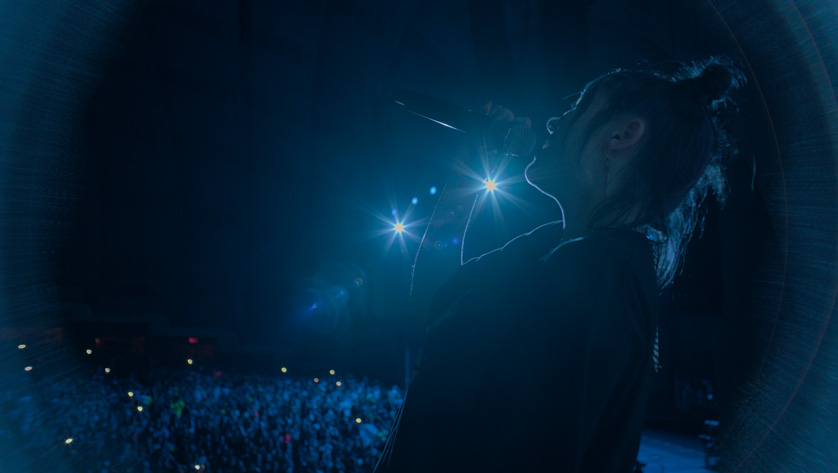
Q:I read that the Maysles brothers’ “Gimme Shelter” [about the Rolling Stones’ Altamont Concert in 1969] was an influence on your film?
R. J. Cutler: If you haven’t seen “Gimme Shelter,” do yourself a favor and see it. Albert & David Maysles made the film about The Rolling Stones and the concert accident that ended the ’60s. It was about the shooting of the performance. There’s a kind of familiar way of shooting performances. There’s a swooping camera and it’s about the equipment, I think.
I never quite felt that it’s about her [being a] rebel, stated positively. What I wanted was that we were filming for character, for story and for the moment, the moment of performance. That was very important to me. It was interesting, because Jenna is a brilliant verite cinematographer, I assumed that we’d be on the same page. After the first couple of shows, [it was], “Let’s talk about what you’re doing. I’m making sure that you’re covering everything, so you can edit it and then you can get complete things.” I was like, “Don’t do that! Be in the moment with her, Billie. It’s you and it’s her.”
The more you can connect with her, the way that Albert and David Maysles connected with Mick Jagger in “Gimme Shelter,” I think then that we’re closer to achieving our goals, which are, on some level, that the music has to function in this, in a way, as a musical. It’s got to propel us forward narratively in terms of character, in terms of emotion, in terms of lyrical content — all of those things. I wanted Jenna to be in the moment with her and Jenna wanted to be in the moment with her as well.
The other film we looked at and talked about was “Don’t Look Back” — [Pennebaker’s film] about Bob Dylan, which was also very intimate, very emotional. I couldn’t be more happy about that. I want to say, please be [appreciative of] the beautiful work that Jenna did. There’s some performance stuff in there that dazzles.

